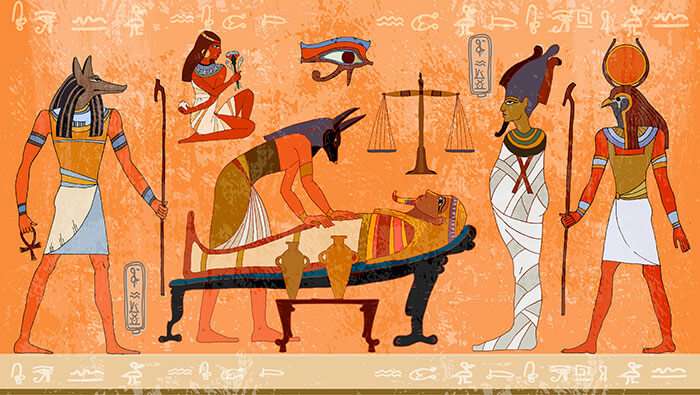
Ancient Egypt Mummies
The Egyptians placed great sanctity around the dead and believed that life was ultimately a preparation for the afterlife. As a result, they did not dispense with the dead in the same way that we do today. They mummified their dead.
This was a complex process, in which the body was preserved by applying certain chemicals, ointments and substances and then wrapped systematically in linen and cloth bandages until the entire body was ‘mummified’. The mummy was then often placed in a sarcophagus or tomb, in a temperature-controlled setting so it would not decay any further. The result of this, was that the body was preserved in a fashion for many generations, as the Egyptians believed that it was pivotal to preserve the body as well as possible for the afterlife.
This was not just a process which was carried out with royalty. The surviving tombs of Egyptian nobles indicate that it was widely practised and there are even examples of the Egyptians mummifying animals. For instance, at the temple of the god Sobek at Faiyum, mummified crocodiles were found many years ago. This is because Sobek was believed to have the head of a crocodile, and so crocodiles were worshipped in association with him.

